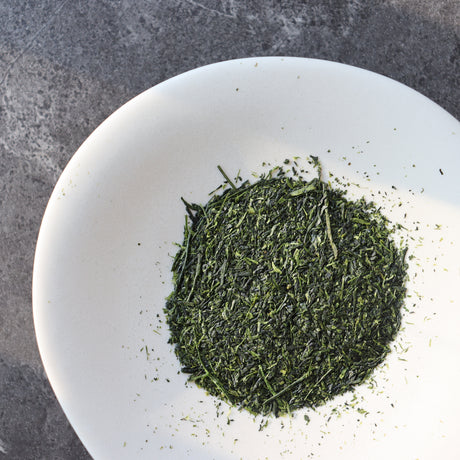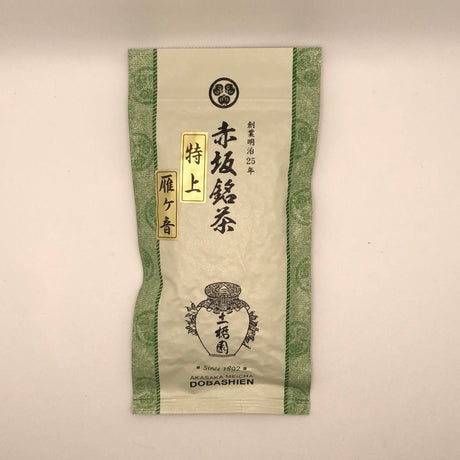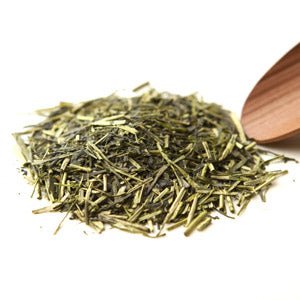Seikoen
#0606.NX Seikoen Tea Factory: Echigo Bocha, Roasted Stem Tea (Hojicha) with Toasted Rice 越後棒茶
From JPY ¥400Unit price /UnavailableIn stock (12 units)Ayumi Farms
From JPY ¥1,300Unit price /UnavailableIn stock (8 units)Tomizawa Tea Garden
From JPY ¥381Unit price /UnavailableIn stock (19 units)Uejima Tea Farm
#0694.K6 Uejima Tea Farm: Gyokuro Karigane - Gyokuro Leaf Stems 玉露かりがね
From JPY ¥450Unit price /UnavailableIn stock (12 units)Dobashien Tea Company
#0207.S5 Dobashien Tea #14: Kakegawa Series: Shizuoka Karigane, Leaf Stems Green Tea 100g 特上雁ケ音
From JPY ¥400Unit price /UnavailableIn stock (12 units)



















